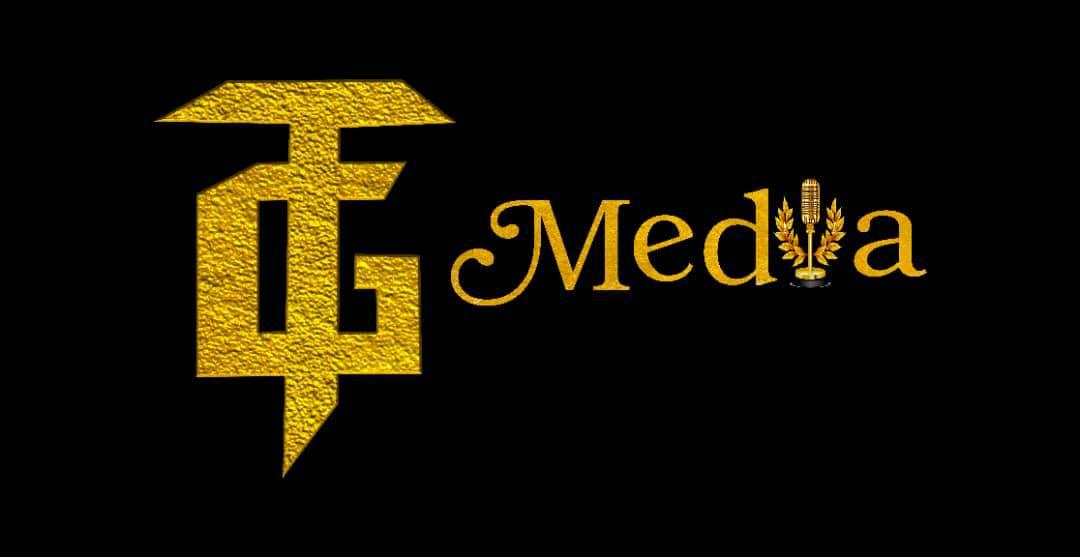Findings on how NNPC Kept Petrol Price At ₦600 Despite Naira Depreciation has emerged.
The Genius Nigeria Since President Bola Tinubu announced the suspension of subsidy payments on Premium Motor Spirit (PMS) during his inaugural address in May last year, there has been widespread speculation regarding whether the subsidy on the product was truly removed, as the price, which hiked to ₦600, has remained relatively the same despite the depreciation of the naira.
Petrol subsidy, which cost the government ₦4.39 trillion ($9.7 billion) in 2022, was often regarded as one of Nigeria’s long-standing economic mismanagements, which has hindered the growth of the country. Hence, the removal was lauded by international monetary bodies.
With the removal of fuel subsidies, it could be said that the Nigerian petrol sector has been fully deregulated, a process that began over two decades ago with the introduction of the Oil and Gas Reforms Committee (OGRC) during the administration of Umaru Musa Yar’Adua.
It was expected that with the subsidy gone, the price of crude oil will fluctuate due to global market forces, including supply and demand, and the cost of importing petrol to Nigeria is often affected by market volatility.
However, despite the removal, Nigerians are not buying petrol at the market price but at a subsidized rate. Although occasional scarcity affects the price of petrol, the product has sold for around ₦600 for several months, sparking speculation that subsidy is back.
How NNPC Is Subsidizing Petrol
Before the removal of the subsidy, NNPC subsidized petrol by paying marketers to sell below the landing cost of the price.
In March 2023, Mele Kyari, NNPC Chief Executive Officer, stated that the landing cost of petrol was ₦312, with the federal government subsidizing over ₦200 per liter.
“Today, by law and the provisions of the Appropriation Act, there is a subsidy on the supply of petroleum products, particularly PMS imports into our country. In current data terms, three days ago, the landing cost was around ₦315/liter,” said Kyari.
He added, “Our customers are here; we are transferring to each of them at ₦113/liter. That means there is a difference of close to ₦202 for every liter of PMS we import into this country. In computation, ₦202 multiplied by 66.5 million liters, multiplied by 30, will give you over ₦400 billion of subsidy every month.”
But as the country’s sole importer of petrol, NNPC is not paying subsidies for marketers to sell at a price lower than the landing cost. However, the depreciation of the naira, caused by the partial float of the currency, one of President Tinubu’s early policies, has resulted in an increase in the price of the product in naira terms.
“In the last eight to nine months, NNPC Ltd. has not paid anybody a dime as a subsidy; no one has been paid a kobo by NNPC Ltd. in the name of subsidy,” said Alhaji Umar Ajiya, Chief Financial Officer of the company, in a statement on Monday, August 19.
He continued, “No marketer has received any money from us by way of subsidy. What has been happening is that we have been importing PMS, which has been landing at a specific cost price, and the government tells us to sell it at half price.”
With the average price of petrol in Nigeria around ₦650, it is estimated that the landing cost of petrol is above ₦1200, with NNPC offsetting the dollar-naira disparity.
This comes with a huge financial cost. Although some have estimated that the cost of ensuring that Nigerians buy fuel at ₦600 has been estimated to have cost NNPC $6.8 billion, which is equivalent to ₦10.71 trillion if ₦1575 per dollar is used, the state-owned company claimed that the amount spent is lower.
“Concerning the outstanding to the suppliers, it is not in that magnitude that has been put out; it is lower than the $6.8 billion. What really matters is the relationship between us and our suppliers to ensure that we keep faith in making these payments to our suppliers, which we have done over time,” Ajiya said.







